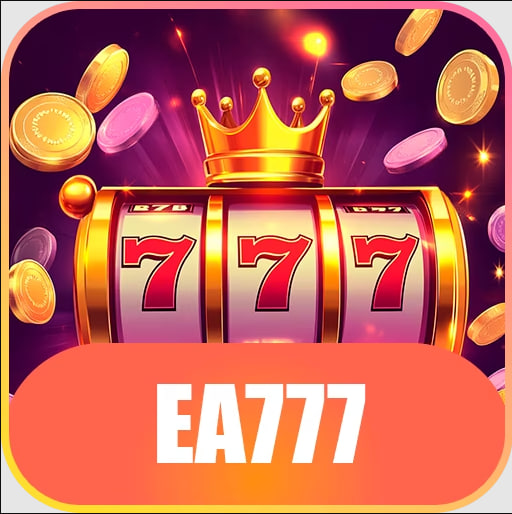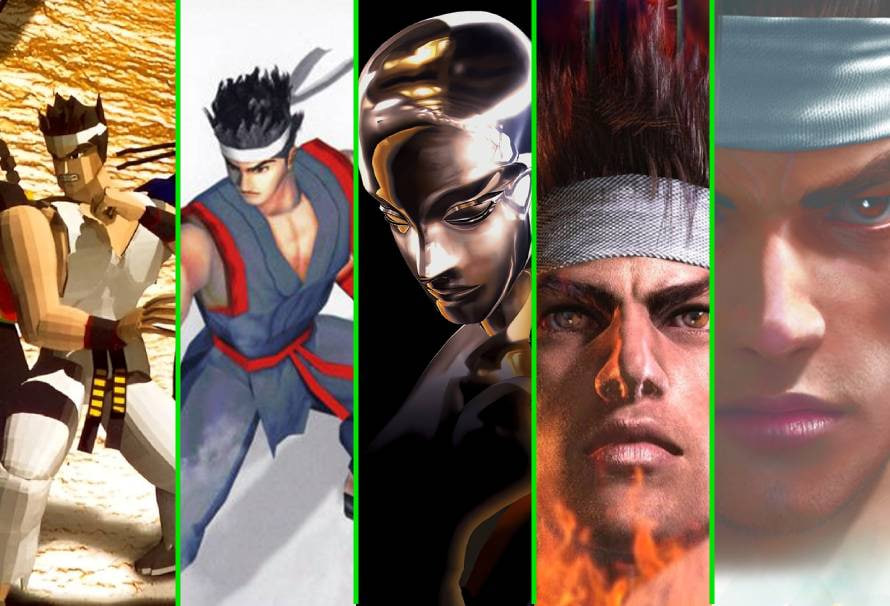The cascading effect that Sega’s Virtua Fighter franchise has had on the fighting game genre cannot be understated. With the first Virtua Fighter title hitting the arcades all the way back in the dark mists of October 1993 (more than a year before the first Tekken title would make its arcade debut), players had never seen anything quite like it, with its fully 3D characters, fluid animation and third axis breaking moves. To say that the fighting game genre at large wouldn’t be the same ever again is quite the understatement, and with Sega very much back in the Virtua Fighter business after a long hiatus with this year’s Virtua Fighter 5 R.E.V.O, let’s take a look back at the decades-spanning history of Sega’s pioneering 3D brawler series.

Virtua Fighter
Developed on SEGA’s then-revolutionary Model 1 arcade board, which could display fully polygonal, flat-shaded fighters and arenas for the first time, Virtua Fighter felt like a revelation after playing the sprite-based 2D fighters which had long ruled the roost. Though players were just being introduced to fresh faces like Akira, Lau, Jacky, Wolf and Kage, there was no denying that Virtua Fighter both looked and felt like nothing that had come before it. Throw in the new ring-out mechanic to keep things appropriately spicy and it was clear that SEGA had something very special on their hands with Virtua Fighter, not to mention a foundation that would be built upon for years to come.

Virtua Fighter 2
A true successor in just about every way, Virtua Fighter 2 sought to address the main complaint that many fighting game purists had with the original Virtua Fighter – depth. Not only did the existing roster of characters all enjoy new moves, counter-attacks and sophisticated combos (Akira’s devastating Stun Palm of Doom in particular proved to be a favourite among more hardcore players), but two of the new characters, Shun and Lion, can pull off special ‘axis strikes’ which allow them to move in and around the Z-axis, avoiding enemy attacks before delivering one of their own.
Aside from the greatly welcomed increase in complexity and the corresponding level of mastery required, Virtua Fighter 2 also upped its technical game. Running on SEGA’s Model 2 arcade board (the same board that would power the superb Daytona USA), Virtua Fighter 2 not only introduced fully texture-mapped character models, backgrounds and arenas, but it also brought motion capture to the fore as well, once again underscoring SEGA’s newborn 3D fighting series as a true trailblazer in the genre. Not only would Virtua Fighter 2 receive a surprisingly good SEGA Saturn conversion in 1995, but arcade-perfect versions of the game would also appear as side activities in SEGA’s wildly popular Yakuza 5 and Yakuza Kiwami 2 titles.

Virtua Fighter 3
When Tekken rose in popularity during the mid‑’90s, SEGA responded with a leap forward in Virtua Fighter 3. Powered by the Model 3 arcade board, it delivered unmatched 3D visuals—sharp textures, advanced lighting, cloth physics, and gravity-defying end boss Dural.
Beyond graphics, VF3 introduced sloped arenas like the Great Wall where players could fight uphill and downhill. It also added two unique fighters: Aoi, a swift aiki-jujutsu specialist, and the hulking sumo wrestler Taka-Arashi. For the first time in the series, a 3D dodge mechanic allowed true lateral movement. A Dreamcast home port arrived nearly two and a half years later.

Virtua Fighter 4
With a five-year hiatus on the books, Virtua Fighter 4 would make its arcade debut in August 2001 and knowing the strides that Namco’s Tekken and Team Ninja’s Dead or Alive games had made in the interim, had more than a few tricks up its sleeve to remain relevant. Though the audiovisual presentation of Virtua Fighter 4 was a nice upgrade from what had come before, it certainly didn’t represent the same sort of leap that Virtua Fighter 3 heralded over Virtua Fighter 2. Instead, Virtua Fighter 4’s improvements and innovations would be found elsewhere.
For a start the undulating arenas that Virtua Fighter 3 had brought to the fore were now gone, replaced instead by much more flat, caged environments in which players could pummel their enemies through the walls and create a ring-out condition (neatly the walls would remain destroyed for the rest of the fight if wrecked prematurely). More than just eye candy or a means to enable the ring-out gameplay seen in previous games, these walls also provided skilled players with the ability to juggle and stagger unfortunate enemies against them.
Further afield, Virtua Fighter 4 made a real effort to appeal to both Virtua Fighter and genre newcomers, thanks to a comprehensive suite of walkthrough-driven training modes and two new fighters – Vale Tudo fighter Vanessa and Shaolin monk Lei-Fei, that each boast completely new fighting styles that felt utterly apart from anything seen in a Virtua Fighter title to date.

Virtua Fighter 5
Keen to maintain the momentum established by Virtua Fighter 4, just two years later Virtua Fighter 5 would make its appearance on the fighting game scene. Thus, it probably shouldn’t come as too much of a surprise to note that Virtua Fighter 5 was more about refining what had come before rather than necessarily reinventing the wheel.
From slower throw speeds to different-shaped arenas, that mix up the fragile walls seen in the previous game, to a range of improved timings, Virtua Fighter 5 was about incrementally improving what Virtua Fighter 4 had done before it. That said, Virtua Fighter 5 nonetheless represented not just the pinnacle of SEGA’s long-running 3D fighter series, but so too did it make a case for itself as one of the best fighting games on the market, with a vibrant competitive scene that saw years and years of professional competitive play following its release underscoring that fact.

Virtua Fighter 5 R.E.V.O
Make no mistake, Virtua Fighter 5 R.E.V.O is the definitive version of SEGA’s flagship brawler by a country mile. Ably supported by pin-sharp 4K resolution visuals, rollback net code and the years of additional content and updates that Virtua Fighter 5 received after its original release in 2006, Virtua Fighter 5 R.E.V.O is a riveting, content-stuffed celebration of one of the finest fighting games of all-time. Put simply, for anyone looking to play the very best version of Virtua Fighter 5, or for genre and series newcomers who want to see what all the fuss is about, Virtua Fighter 5 R.E.V.O is as essential as it gets.


